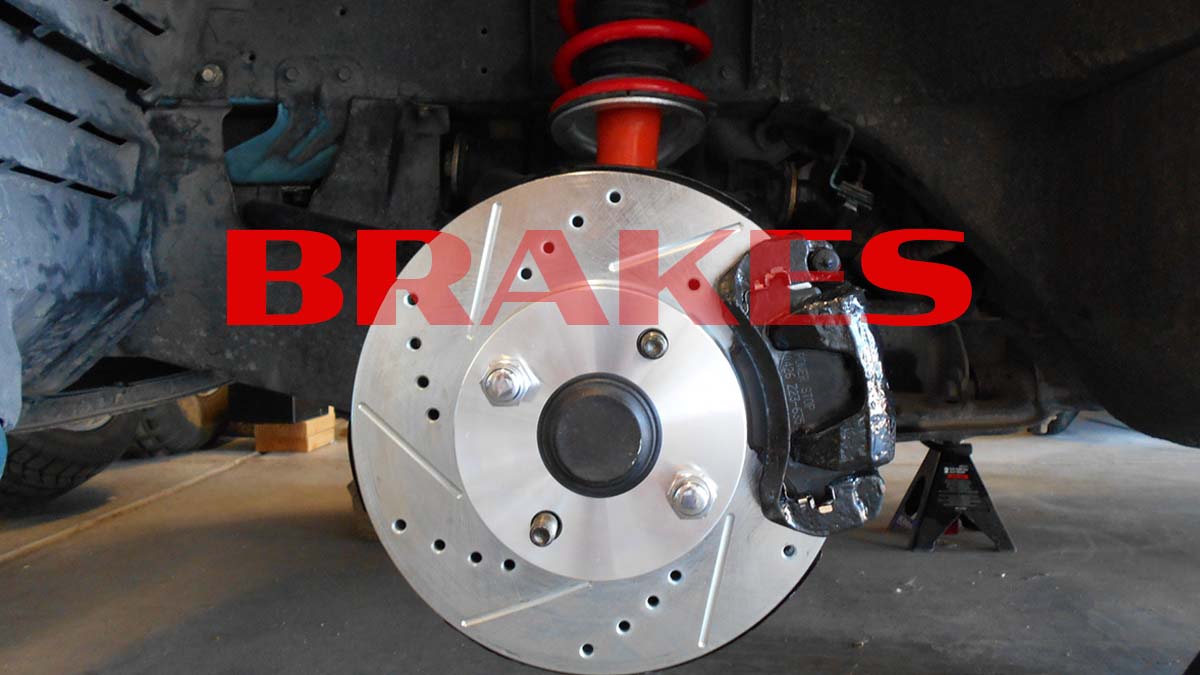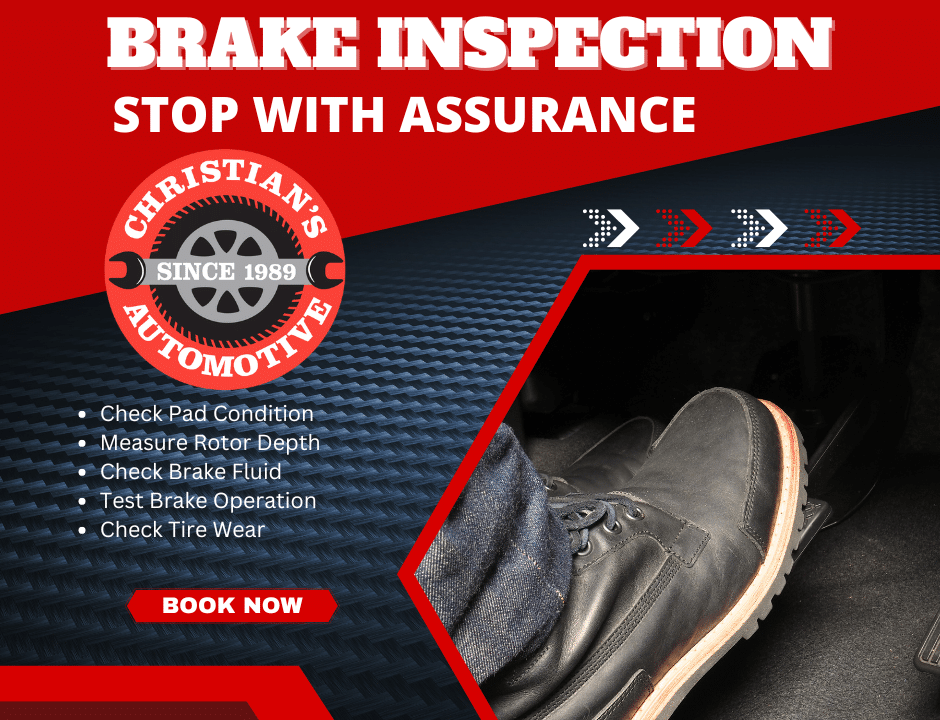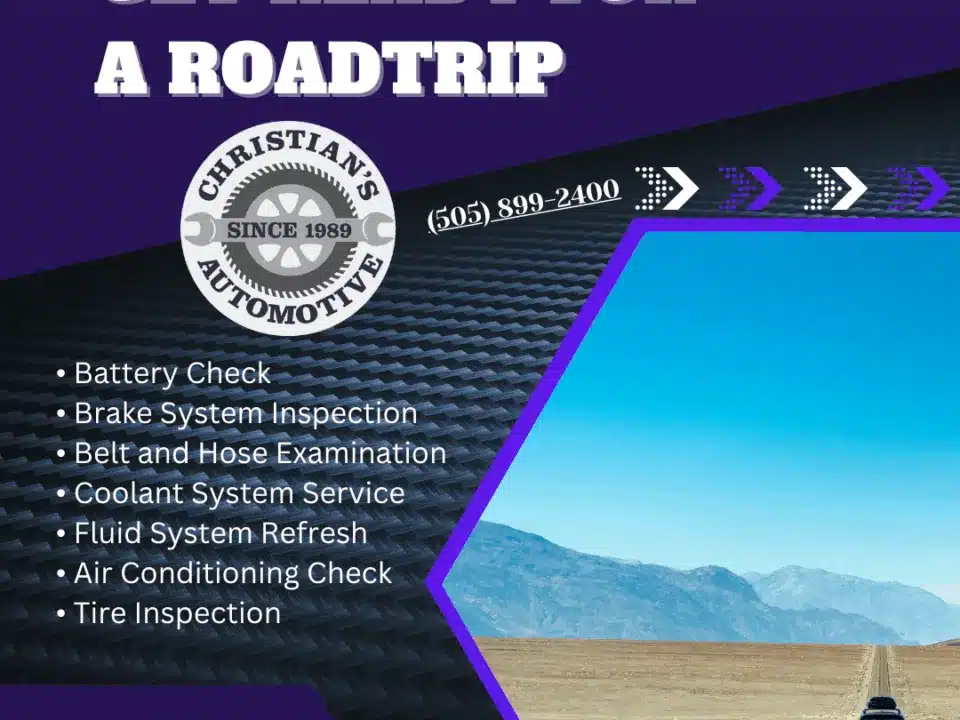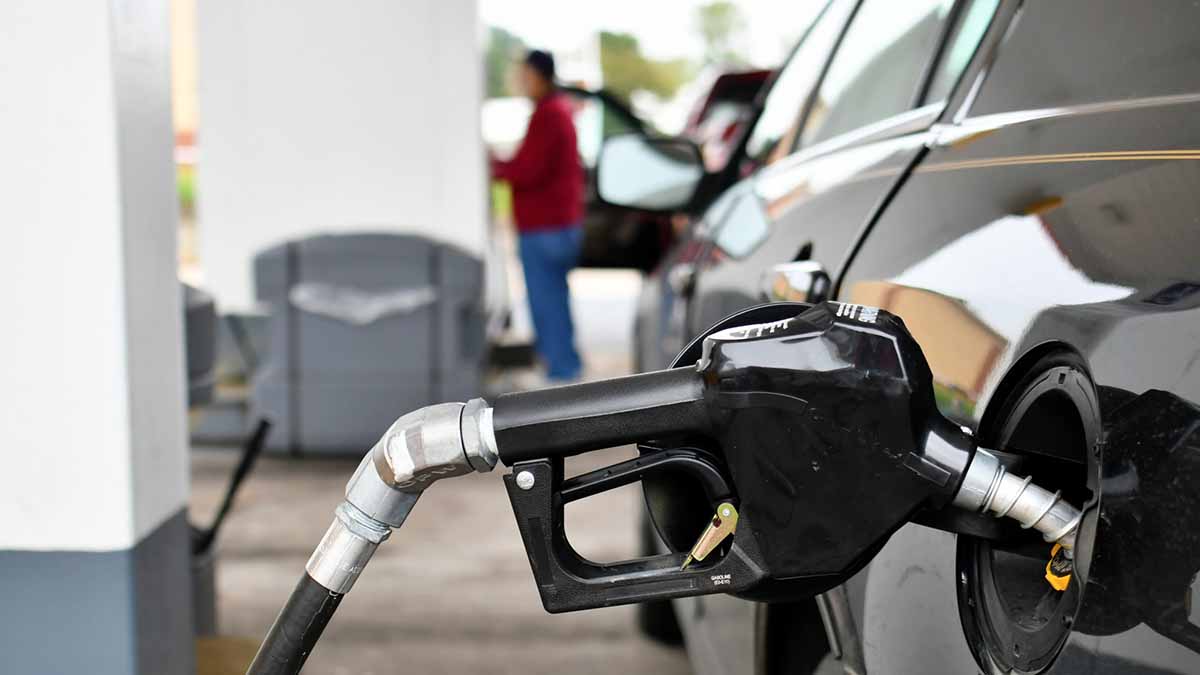
5 Ways You Can Save Gas
March 14, 2022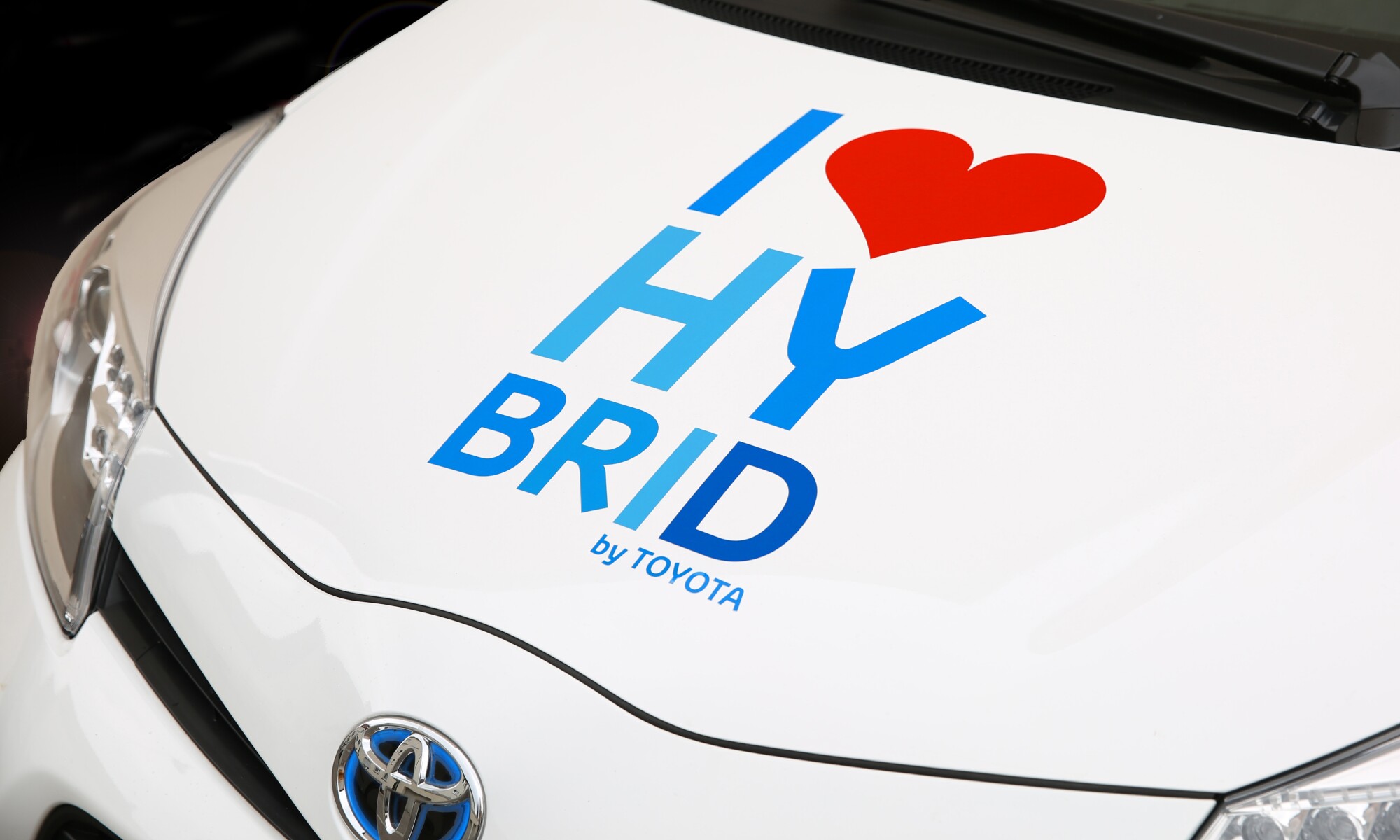
Hybrid Car Maintenance in Albuquerque: Tips for Choosing the Right Repair Shop
April 15, 2022(ABS) Anti-lock Brake Systems
We rely on our brakes to safely slow and stop our vehicles. You’ve probably had the experience where you’ve slammed on your brakes and started to skid. When your wheels are locked up, you are just sliding over the road. And if the road is wet or slick or covered with gravel – you really get out of control. Steering is next to impossible. That is why anti-lock brake systems (ABS) were invented: to help you maintain control in extreme stopping conditions.
As mentioned, control is lost when your wheels lock up, ABS keep your brakes from locking – helping you stop while maintaining your ability to steer. Sensors on each wheel equipped with ABS, monitor wheel spin and compare it with vehicle speed sensors. When you are pressing on the brakes, still traveling forward, but your wheels are not turning, the ABS system steps in and modulates the brakes.
They ABS quickly “pumps” the brakes, not allowing the wheels to lock-up while still applying braking pressure. This is all done automatically without any intervention on your part. You will feel a pulsation through the brake pedal and will hear a clunking as the brakes are rapidly being applied and let off repeatedly. The first time this happens to you, you may be surprised and think something is wrong. Well, it isn’t – so just keep your foot on the brake and allow the ABS to do its thing. In fact, remember the 3 S’s of anti-lock brakes: Stomp, Stay, & Steer. Stomp on the brakes, keep the pedal down, and steer as needed.
When you first start your vehicle, the ABS do a quick self-check to make sure everything is OK. The ABS warning light will briefly illuminate with all the other warning lights on your dashboard and then go out. If the system detects a fault, the ABS light will come on and stay on. Take your vehicle in for a check if the ABS warning light is on.
Proper brake system service is the best way to protect your ABS. Replacing brake fluid that is depleted and/or contaminated will help preserve proper ABS operation and protect it against corrosion. Ask your service advisor if it’s time for a braking system inspection or service.

